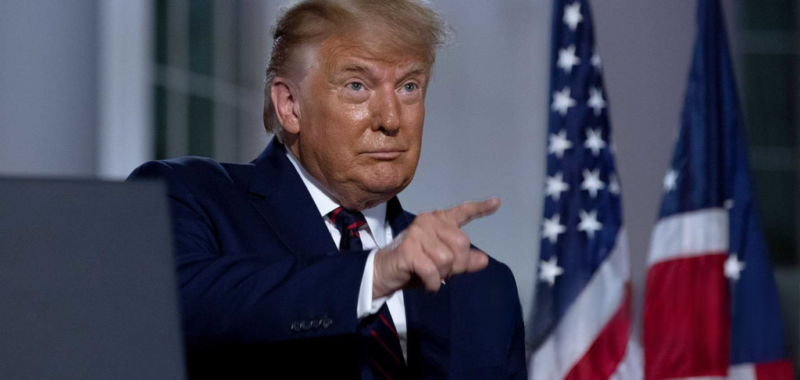Bitcoin fell more than 2% on Sunday as digital assets struggled to find footing amid shifting signals from Washington on trade policy with China.
The price of the world’s largest crypto slipped to $83,482 during Asia trading hours, partially reversing last week’s gains and underperforming relative to equity markets.
Ethereum, the second-largest crypto, fell below $1,600, while altcoins posted mixed results, CoinGecko data shows.
The drop followed a weekend of mixed messages from the Trump administration over whether Chinese-made electronics—including smartphones, semiconductors, and laptops—would face fresh tariffs.
Late Sunday, President Trump posted to Truth Social, clarifying that while certain electronics were temporarily excluded from a new 10% “reciprocal” tariff regime, those same products would remain subject to a separate 20% levy tied to national security and fentanyl enforcement concerns.
“NOBODY is getting ‘off the hook’ for the unfair trade balances, and non-monetary tariff barriers, that other countries have used against us, especially not China, which, by far, treats us the worst!” Trump wrote. “There was no tariff ‘exception’ announced on Friday.”
Commerce Secretary Howard Lutnick said over the weekend that further sector-specific tariffs on electronics would be introduced within the next two months.
Equity markets appeared to take comfort in the temporary reprieve.
Nasdaq 100 futures rose more than 1% in early trading, while S&P 500 futures gained 0.7%. But crypto showed little of the same resilience.
The price action marks a reversal from the relative stability seen earlier last week, when traders had positioned for upside following positive signals that inflation was beginning to trend down.
That narrative has been muddied by resurgent geopolitical risk and signs of slowing institutional flows into U.S.-listed crypto ETFs.
“Anticipation has dampened for an emergency rate cut ahead of the next Fed meeting in May (and for a rate cut before the June Fed meeting), with medium-term inflationary effects from the Trump administration tariffs now expected to keep Powell from cutting before June,” Darren Chu, consulting analyst at BRN, told Decrypt in a statement.
In other words, a higher-for-longer stance could further exacerbate risk assets as investors attempt to navigate the Fed’s hawkish positioning.
Analysts are now watching key levels near $81,000 for Bitcoin as potential support. A break below that threshold could accelerate liquidations across leveraged positions, adding further pressure to an already fragile market.

